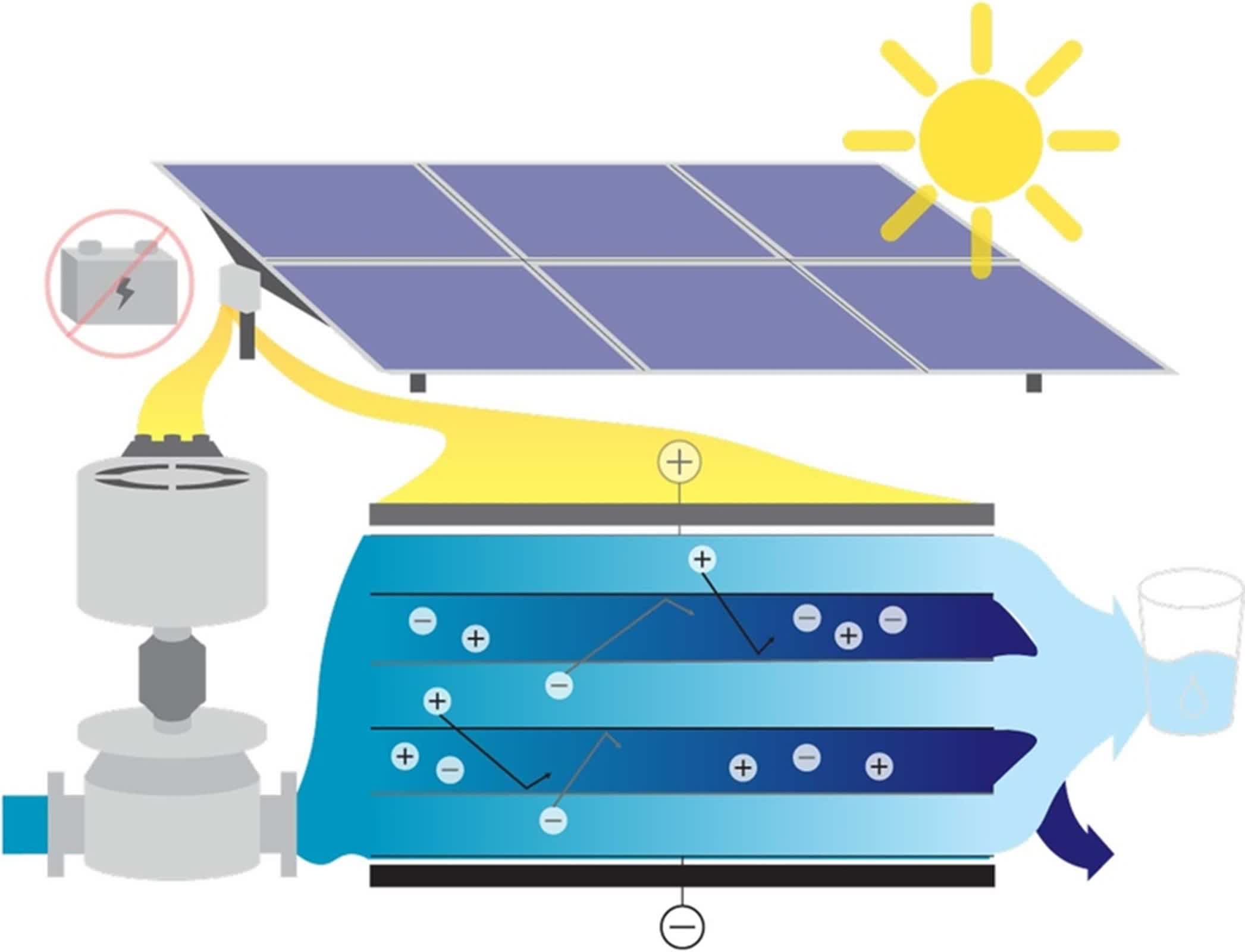Serving tech enthusiasts for complete 25 years.
TechSpot intends tech study and proposal you can trust.
Bottom line: The MIT engineers' solar-powered desalination strategy represents a important leap guardant successful sustainable h2o curen technology. By eliminating nan request for batteries and maximizing nan usage of star energy, nan strategy tin beryllium deployed successful regions lacking reliable powerfulness infrastructure.
Engineers astatine nan Massachusetts Institute of Technology (MIT) person created a caller desalination strategy that harnesses nan sun's powerfulness without requiring backup batteries.
The caller system, designed by a squad led by Professor Amos Winter, operates successful tandem pinch nan sun's earthy rhythms. As daylight increases, nan desalination process ramps up, and erstwhile clouds walk overhead, it automatically adjusts its output.
This responsiveness is coupled pinch singular efficiency, pinch nan exertion harnessing complete 94 percent of nan electrical power generated by its star panels connected average. The system's output is besides impressive, pinch nan prototype producing up to 5,000 liters of cleanable h2o daily.
Perhaps astir notably, nan strategy operates without needing batteries, distinguishing it from accepted desalination systems that typically trust connected power storage.
"Conventional desalination technologies require dependable powerfulness and request artillery retention to soft retired a adaptable powerfulness root for illustration solar. By continually varying powerfulness depletion successful sync pinch nan sun, our exertion straight and efficiently uses star powerfulness to make water," said Winter, who is nan Germeshausen Professor of Mechanical Engineering and head of nan K. Lisa nan Global Engineering and Research (GEAR) Center astatine MIT.

The MIT team's invention builds upon electrodialysis, a method that uses an electrical section to region brackish ions from water. The strategy consists of h2o pumps, an ion-exchange membrane stack, and a star sheet array.
What sets it isolated is its power strategy, dubbed "flow-commanded existent control." The strategy tin dynamically set its desalination complaint aggregate times per second, typically betwixt 3 to 5 updates each second. When nan strategy detects an excess of disposable power, it responds by expanding nan complaint astatine which h2o is pumped done nan electrodialysis stacks. Concurrently, it redirects nan surplus star powerfulness to amplify nan electrical existent wrong nan stack.
The MIT engineers person put their invention to nan trial successful real-world conditions, deploying a community-scale prototype astatine groundwater wells successful New Mexico, wherever it operated for six months nether adaptable upwind conditions and pinch different h2o types. The prototype supplied capable h2o for a mini organization of astir 3,000 people.
This exertion could beryllium a game-changer for inland communities wherever entree to seawater and grid powerfulness is limited. It's peculiarly well-suited for desalinating brackish groundwater, which is much prevalent than caller groundwater resources.
"The mostly of nan organization really lives acold capable from nan coast, that seawater desalination could ne'er scope them. They result trust heavy connected groundwater, particularly successful remote, low-income regions. And unfortunately, this groundwater is becoming much and much saline owed to ambiance change," said Jonathan Bessette, MIT PhD student successful mechanical engineering.
The MIT squad plans to trial further and standard up nan system, aiming to proviso larger communities and moreover full municipalities pinch low-cost, sun-powered drinking water.
The researchers are besides preparing to motorboat a institution successful nan coming months successful nan hopes of pushing retired nan deployment of these systems to areas successful request astir nan world.
The researchers' paper appeared successful Nature Water.
The investigation was supported successful portion by nan National Science Foundation, nan Julia Burke Foundation, and nan MIT Morningside Academy of Design. Veolia Water Technologies and Solutions and Xylem Goulds besides provided in-kind support.

 1 month ago
1 month ago








 English (US) ·
English (US) ·  Indonesian (ID) ·
Indonesian (ID) ·